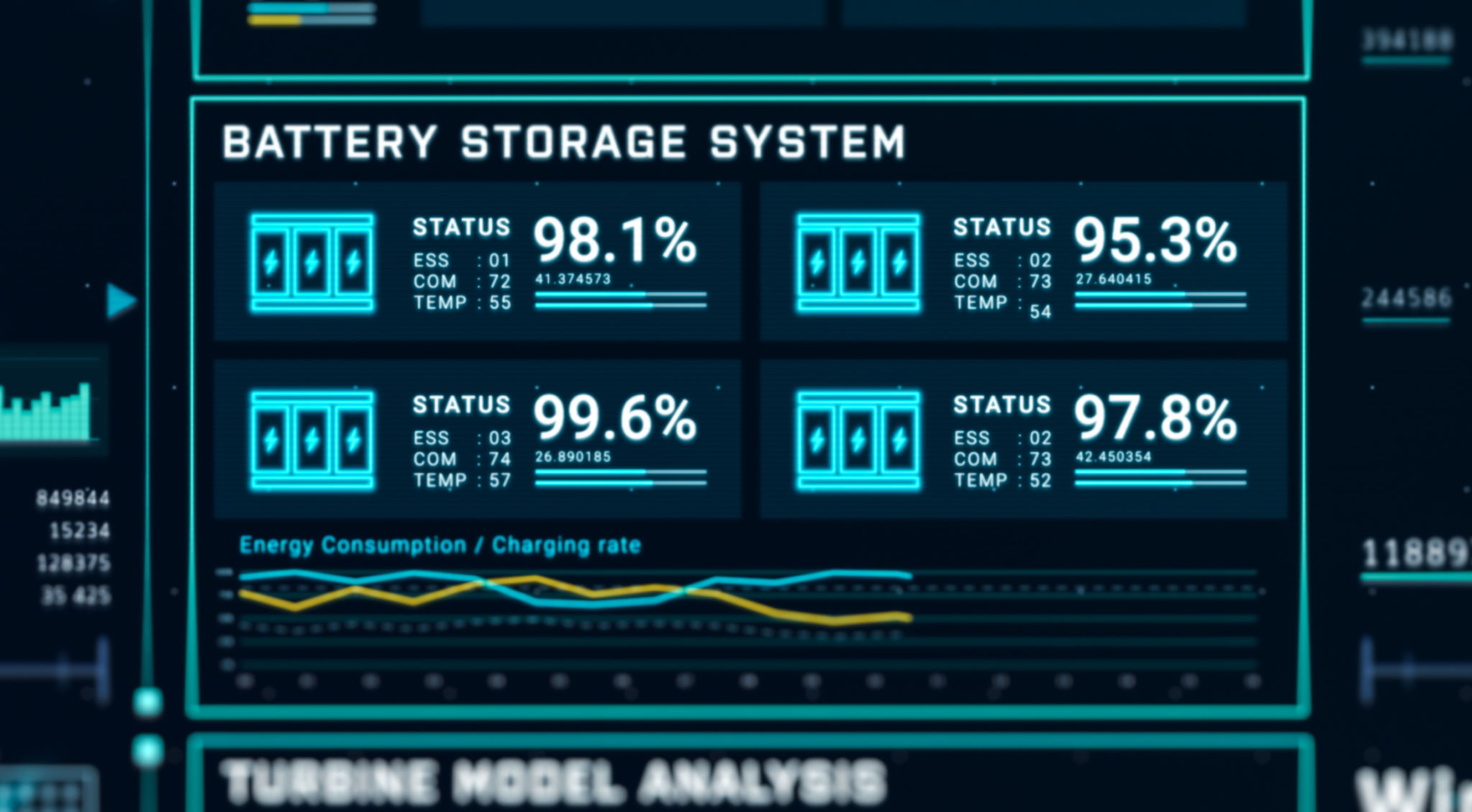The Impact of Cloud Infrastructure on Renewable Energy Efficiency
Introduction to Cloud Infrastructure and Renewable Energy
In recent years, the intersection of cloud infrastructure and renewable energy has become a focal point for innovation and efficiency. As global demand for sustainable energy solutions grows, cloud technologies are increasingly leveraged to enhance the performance and integration of renewable resources. By harnessing the power of cloud computing, the renewable energy sector can achieve improved operational efficiency and data-driven insights.
The cloud provides scalable resources, which are crucial for managing the variable nature of renewable energy production. This adaptability ensures that energy systems can respond to fluctuating supply and demand, optimizing resource allocation and minimizing waste.

Enhancing Data Management and Analytics
One significant advantage of cloud infrastructure is its ability to process and analyze vast amounts of data in real time. Renewable energy systems generate a tremendous amount of data related to weather patterns, energy output, and grid performance. By utilizing cloud-based analytics, operators can gain valuable insights into system efficiency and predict potential issues before they arise.
These predictive analytics enable more effective maintenance schedules, reducing downtime and increasing reliability and output from renewable energy sources. Additionally, the cloud's capacity to integrate machine learning models further enhances these predictive capabilities, allowing for continuous improvement in system performance.

Facilitating Remote Monitoring and Control
Cloud infrastructure also plays a crucial role in enabling remote monitoring and control of renewable energy installations. This capability is especially beneficial for wind and solar farms, which are often located in remote areas. Cloud-based systems allow operators to oversee operations from anywhere, providing real-time data on performance metrics and facilitating immediate response to any issues.
This remote oversight reduces the need for on-site personnel, lowering operational costs and increasing the overall efficiency of managing renewable energy assets. Moreover, improved monitoring capabilities lead to better resource allocation and optimization of energy production.

Supporting Grid Integration
The integration of renewable energy into existing power grids presents several challenges, primarily due to the intermittent nature of resources like wind and solar. Cloud infrastructure helps address these challenges by providing advanced grid management solutions. Through sophisticated algorithms and real-time data processing, cloud systems can effectively balance supply and demand, ensuring grid stability.
Furthermore, cloud-based platforms enable seamless communication between different components of the energy system, facilitating better coordination and reducing the risk of grid overload. This integration is crucial for enhancing the reliability and resilience of power networks as they incorporate an increasing number of renewable sources.
Driving Innovation in Energy Storage
Energy storage is a critical component of maximizing the efficiency of renewable energy systems. Cloud infrastructure supports innovation in this area by offering platforms for developing and testing new storage technologies. By leveraging the computational power of the cloud, researchers can simulate various scenarios and accelerate the development of more efficient storage solutions.
This progress in energy storage directly impacts the ability to store excess energy generated during peak production times and deploy it when needed, further stabilizing the renewable energy supply.

Conclusion
The impact of cloud infrastructure on renewable energy efficiency is profound, offering numerous benefits that drive sustainability and innovation. From enhancing data management to supporting grid integration and fostering advancements in energy storage, the cloud is a pivotal enabler in transforming how we harness renewable resources.
As technology continues to advance, the synergy between cloud computing and renewable energy will likely become even more integral to achieving global sustainability goals. Embracing these technologies will help pave the way for a cleaner, more efficient energy future.
Edidiong Mbong